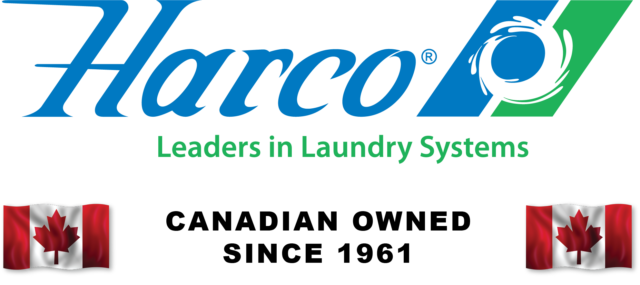Lameness and hoof lesions can have a major impact on farm profitability. In order to assess the situation and better control the problem in one’s herd, it is important to collect reliable data on a regular basis to track progress.
With this data now stored in the national dairy databank, producers have at their disposal a range of innovative tools – specifically, new reports and genetic and genomic evaluations for hoof health which they can use to better manage the situation in their herds.
For the last few years, some hoof trimmers in different provinces have been using Hoof Supervisor software to collect data on hoof lesions to generate informative reports for their clients (Figure 1).
Click here or on the image above to view it at full size in a niew window.
That data can now be sent to and stored in the national milk recording databank. Such standardized data collection has opened the door to new developments.
Since December 2017, CDN has been publishing genetic and genomic evaluations for resistance to digital dermatitis in Holsteins.
As of December 2018, a new Hoof Health index, incorporating eight hoof diseases and abnormalities, will also be published.
These tools will not only be useful for herd managers but also for other farm specialists such as veterinarians, advisers and nutritionists.
New interactive technology
As of February 2019, milk recording agencies will provide producers with a new interactive Hoof Health report designed to help them better manage this component in their herds.
Producers will be able to open the report file on their computer or tablet and select options to analyze their data in more detail: cows, heifers or both; a table (Figure 2) or graphs (Figure 3) describing the results of the trim sessions of the past 12 months.
Click here or on the image above to view it at full size in a niew window.
Click here or on the image above to view it at full size in a niew window.
Producers can also choose which types of lesions to include in these summaries.
The report breaks new ground by presenting the first comparative analyses of hoof health. Five default lesions are shown, but a number of others can be selected for display as well.
Producers can also compare their annual rate for a particular lesion to a provincial (ON) or national (CA) benchmark, information that will help them prioritize their actions to reduce the incidence of hoof lesions in their herds.
By clicking on the different icons, users will have access to various keys to help them interpret the report, including a user guide that explains its different features.
The report also contains two lists to facilitate hoof health management: the first identifying cows or heifers that have not had a trim session in recent months, and the second identifying those that visit the chute repeatedly.
The list of untrimmed animals will have a cursor that can be moved to set the desired number of months without trimming (Figure 4).
Click here or on the image above to view it at full size in a niew window.
Figure 5 lists the animals that had lesions at each of the last three trim sessions. The chronic cows quickly become apparent.
Click here or on the image above to view it at full size in a new window.
The Hoof Health report will be published at each test, data being updated as trim sessions are sent to DHI by the hoof trimmer. The report will only be available to producers taking part in the data collection through their hoof trimmer.
Since the number of hoof trimmers using a Hoof Supervisor system is extremely limited, alternative options for collection of the hoof health data are being explored. ![]()
Filippo Miglior is with Canadian Dairy Network, Mario Séguin and Anne-Marie Christen are with Valacta, and Francesca Malchiodi is with the University of Guelph and the Semex Alliance.
The following people were also instrumental in developing this report: René Lacroix and Robert Moore, Valacta; Dr. André Desrochers and Dr. Simon Dufour, Faculté de médecine vétérinaire, Université de Montréal; and Vic Daniel and Jamie Sullivan, hoof trimmers.
The development of the Hoof Health Report was supported by a contribution from the Dairy Research Cluster Initiative (Agriculture and Agri-Food Canada, Dairy Farmers of Canada, the Canadian Dairy Network and the Canadian Dairy Commission), under the Canadian Agri-Science Clusters initiative.













